Chart This: Gold Breaks Through $1,300 Level :
The "Gold Forecaster" Gary Wagner is on Kitco News to talk about gold's 4-week high and whether the $1,300 breakout signals a rally on this edition of "Chart This!" Wagner says the "market is having a series of higher lows" and this may be a good signal for the bulls. "Gold has fallen out of favor in regards to being a safe-haven asset and so it doesn't seem to react as much to world turmoil as we have seen in the past," he added. Wagner also discusses Bernanke and whether or not the Fed will taper. He ends by looking at the defined range gold is trading in and looks at it in terms of Fibonacci levels. Kitco news, July 22, 2013.


 8Likes
8Likes LinkBack URL
LinkBack URL About LinkBacks
About LinkBacks










 Reply With Quote
Reply With Quote
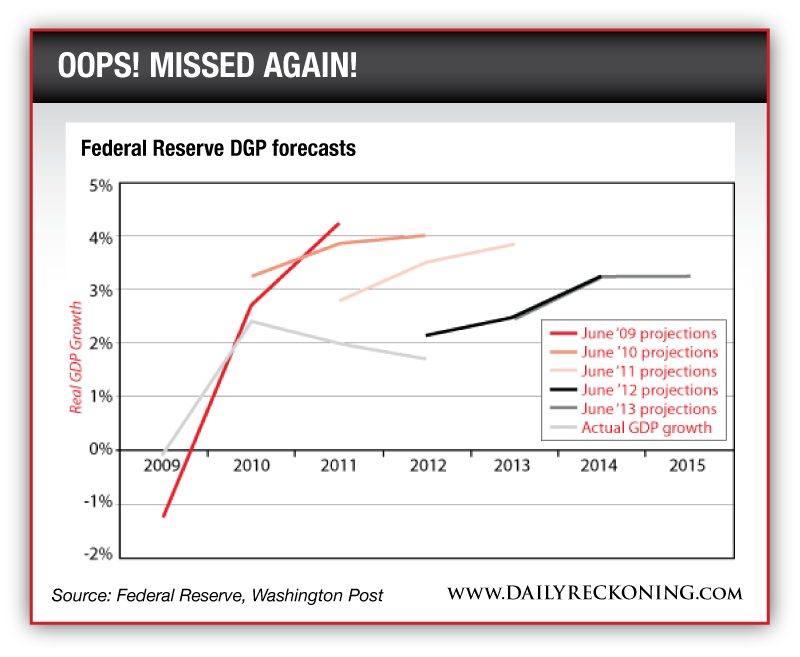
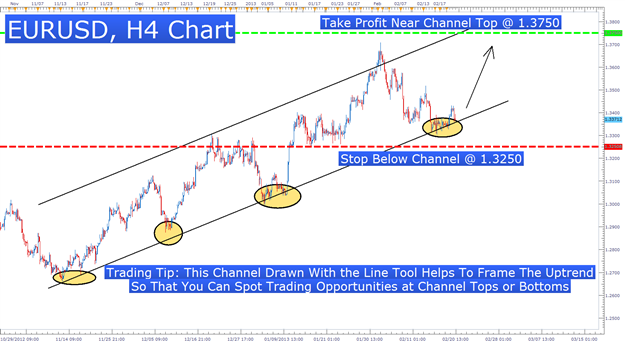
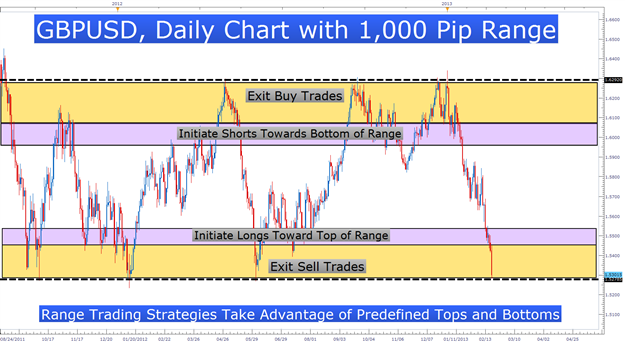
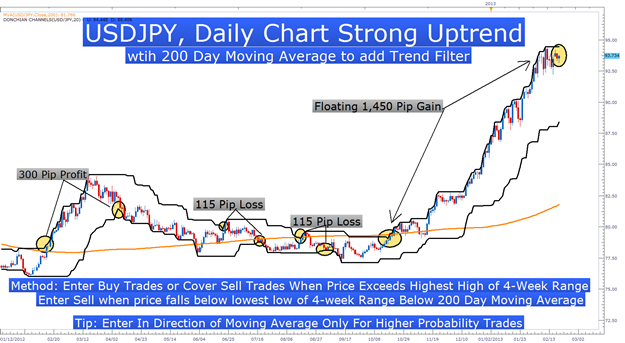
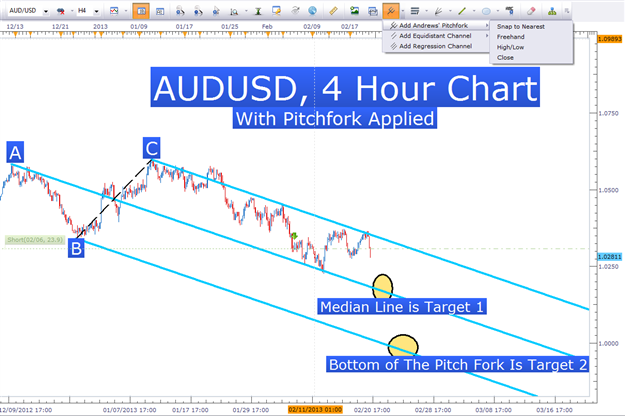
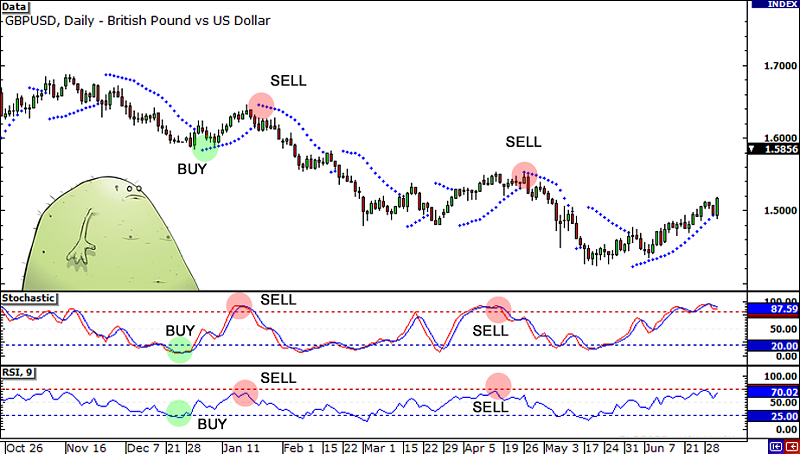
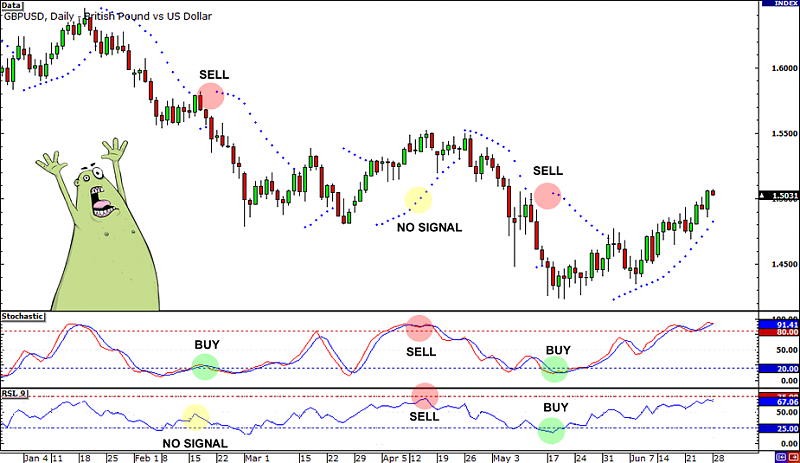



Bookmarks